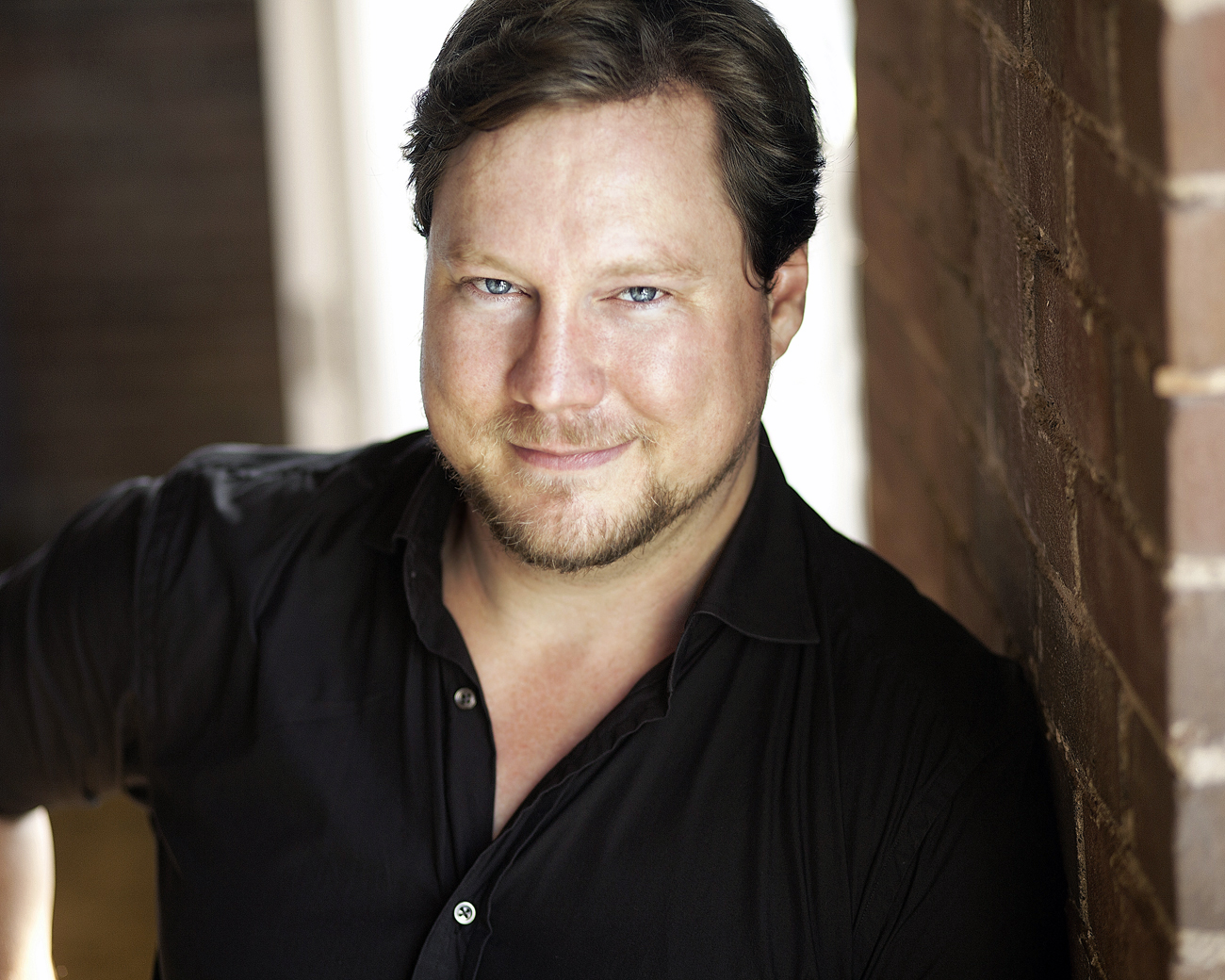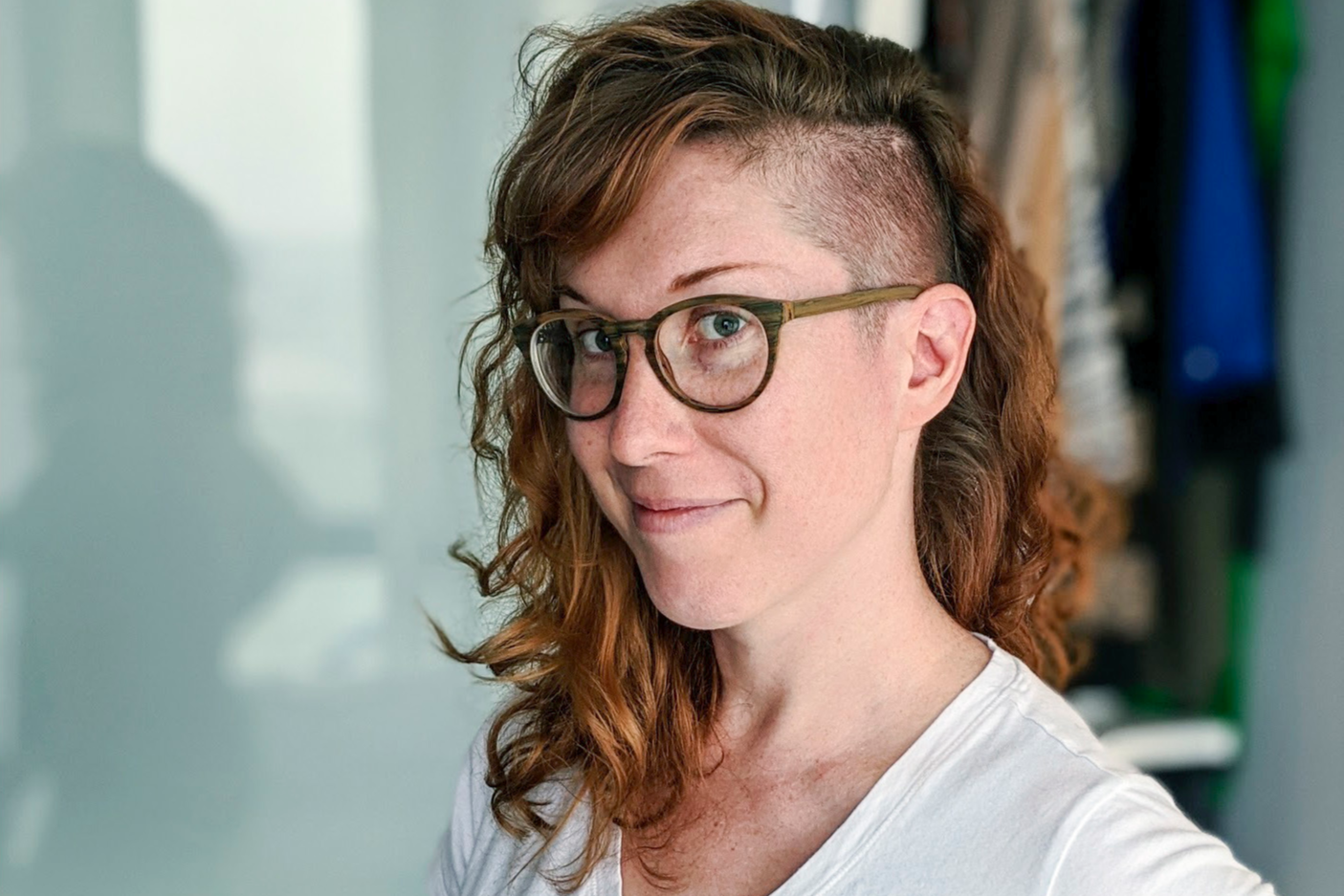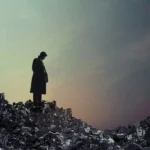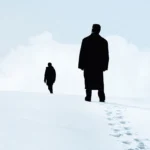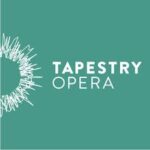In a fresh focus on opera-friendly recording technicians, we’re continuing our series of “opera on screen” Q&As with Toronto-based audio and video recording engineer, Ryan Harper. From his work with Opera in Concert: VOICEBOX, to collaborations with UofT Opera, Harper has an up-close perspective on what opera looks like in 2021:
How did your 2020 compare to a “normal” year with as an audio/video recording technician?
“As we all know, this pandemic has been unlike anything previously experienced. It is impressive how so many companies have managed to continue creating quality entertainment for their audiences.
“In ‘normal’ times, I would show up at the venue, set up my cameras, microphones, mixer, etc., and then record and edit the show. I went from recording over a hundred live performances a year to a handful of socially distanced recordings (all of which followed health and safety guidelines). When things initially shut down, and most gigs were cancelled or postponed, I used the time to research and learn more about virtual recordings. I also invested in new technology to assist in streaming and faster editing. I’ve been fortunate to have successfully pivoted from in person to mostly virtual recordings. My ‘new normal’ involves primarily working from home, editing together materials that have been recorded remotely, often piecing together multiple artists from different spaces. The new challenges are the opposite of those posed by live recording; it is much easier to capture the beautiful acoustic of a cathedral rather than attempt to bring the sound of a cathedral to a recording made in someone’s kitchen. While it may be a challenge, it’s not impossible and I am awed and amazed by the level of excellence some editors have been able to accomplish in this past year. Do a YouTube search for the virtual videos created for Tafelmusik and the Toronto Symphony — you will not be disappointed!
“The takeaway here is that artists will always find a way to create art and I’ve really enjoyed supporting the virtual process. With so many canceled gigs, and uncertainty regarding when live performance will return to venues, it is essential that companies like Tapestry Opera, Against the Grain Theatre, Loose Tea Music Theatre, Toronto Operetta Theatre and VOICEBOX: Opera in Concert, continue to offer audiences exceptional digital content as they’ve showcased this past year. This will bridge the gap between pre and post pandemic as we move towards the future.”
What are some opera-related projects that came your way as a direct result of the pandemic closures?
“It’s been great to have a variety of projects this past year. Currently I am working with an excellent crew of individuals at COSA Canada, with Dr. Darryl Edwards as Artistic Director. We are working on three digital operatic presentations (all of which are being directed by Renee Salewski) where every facet of the performance is being created remotely.
I’ve had the opportunity to spend the past six months collaborating with Guillermo Silva-Marin, Artistic Director of VOICEBOX: Opera in Concert and TOT. For Opera in Concert, we created a double bill of The Human Voice and La voix humaine by Jean Cocteau and Francis Poulenc as well as Gilbert and Sullivan’s, The Gondoliers for Toronto Operetta Theatre.
I’ve also enjoyed working with Sandra Horst, Michael Patrick Albano, and the Opera Department at University of Toronto. Our time together involved multiple recordings, including the creation of the ‘Spotlight on our Singers,’ and the Joyce DiDonato and Lawrence Brownlee masterclasses.
Some highlights from this past year, though not opera related, include collaborations with Confluence Concerts and The Linden Project.
How have you observed individual singers’ professional decisions during these last 14 months? How has their relationships with technology and video production changed?
“The singers that I have worked with have become entirely self-reliant technologically. Most singers immediately became aware that to succeed, they had to learn about microphones, acoustic principles of audio recording, how to light themselves for a self-shot video, optimal camera placement, and how to edit their own materials. It’s impressive!”
“I hope that producers have noticed that not only has the delivery of opera changed, but more importantly, the content has been different.”
What do you consider to be the difference between a mediocre and an excellent fusion of classical music/opera and screen media?
“That is a fascinating question! My answer is: dedication and love. That is what serves as the measuring stick between mediocre and excellent content. Creating an excellent fusion of classical music/opera and screen media is no easy task. Those who have been most successful have shown a willingness to learn, experiment, and evolve. As examples, I’d like to highlight my friends Stephen Bell of Coffeeshop Creative, Neil Craighead, and Jeremy Ludwig — three technical wizards who personify this balance of dedication and love. If you haven’t already, I highly recommend checking out Stephen’s work on Messiah/Complex for AtG, Neil’s work on Die Fledermaus for Dalhousie University, and Jeremy’s Spirits, Hags, and Hexes for The Linden Project. Their dedication and love for what they do, is evident in their work!”
If/when live opera becomes normal again, what do you hope opera producers will have taken away from this sudden shift to digital production?
“Digital performances have conditioned viewers to become accustomed to an intimate visual relationship with the operatic artist and their performance. This element of intimacy will need to remain, whether using cameras and screens, or through audience interaction, etc.
“I hope that producers have noticed that not only has the delivery of opera changed, but more importantly, the content has been different. There has been a shift towards accountability and honesty. This has been highlighted by productions such as Alaina Viau’s Loose Tea Music Theatre’s Carmen #YesAllWomen from 2019. Though Carmen #YesAllWomen took place before the pandemic, its use of live footage and two video screens offered the audience multiple viewpoints. With Stephen Bell and I working the camera, viewers had a rare glimpse at the undetectable looks, subtle touches, intimacy both stark and frightening, helped to depict the horrors of an abusive relationship. It was all there, on screen, for the audience’s consideration. I hope this type of digital creativity that Alaina incorporated will remain a part of future performances.
“There is a need for change in the operatic world. A need to create a safe environment for operatic performers, one free of prejudice, outdated conventions, and antiquated modalities. We are suspended in time between pre- and post-pandemic worlds and have a small window for a reset. We must take a stand and do what we know to be right. We are all here to be part of it and it’s been exciting to see that many groups have already taken the lead in creating change. Some examples include: Opera InReach, Loose Tea Music Theatre, Tapestry Opera, FAWN Chamber Creative, AtG, Amplified Opera, and Confluence Concerts. We should all be very excited about the future of opera in Canada!”
Readers, what opera on screen have you enjoyed most, so far? What operas are you eager to see adapted for film? Let us know in the comments, or get in touch at outreach@operacanada.ca.

